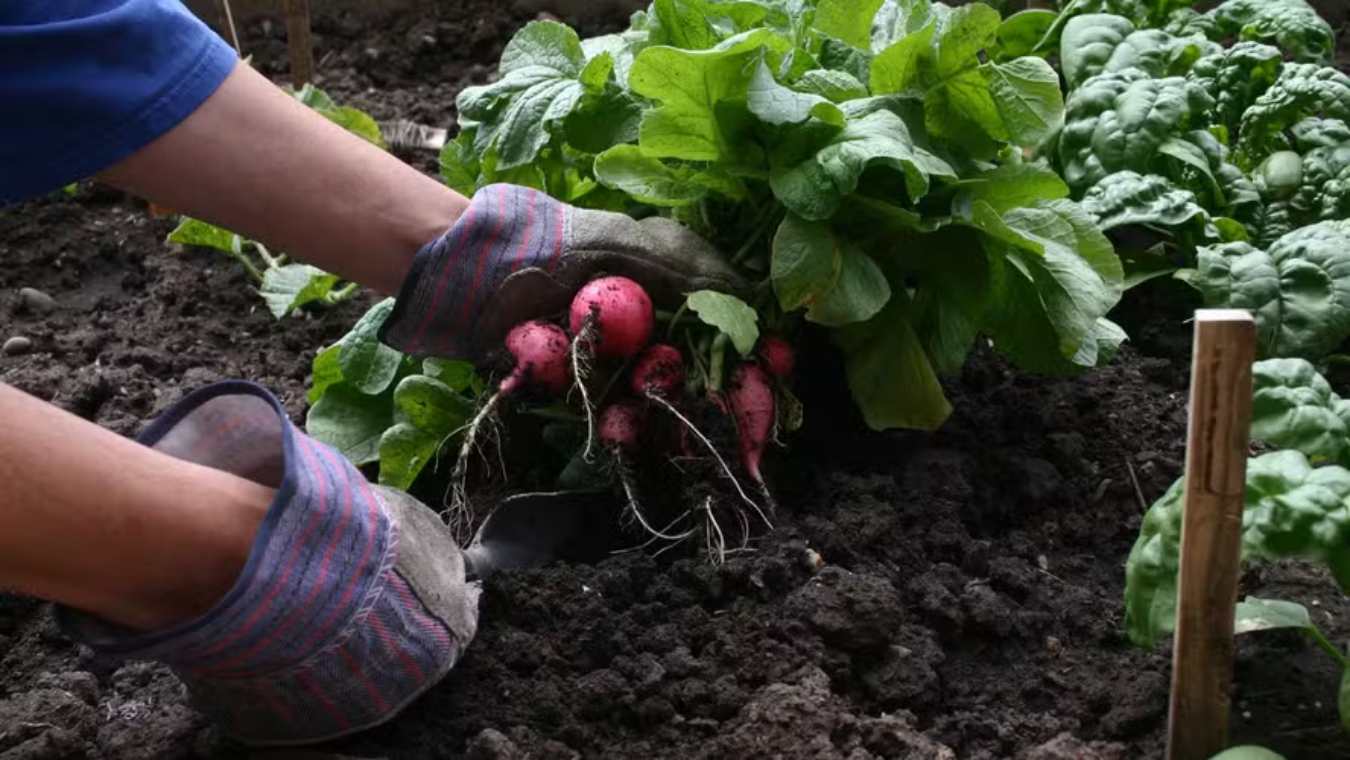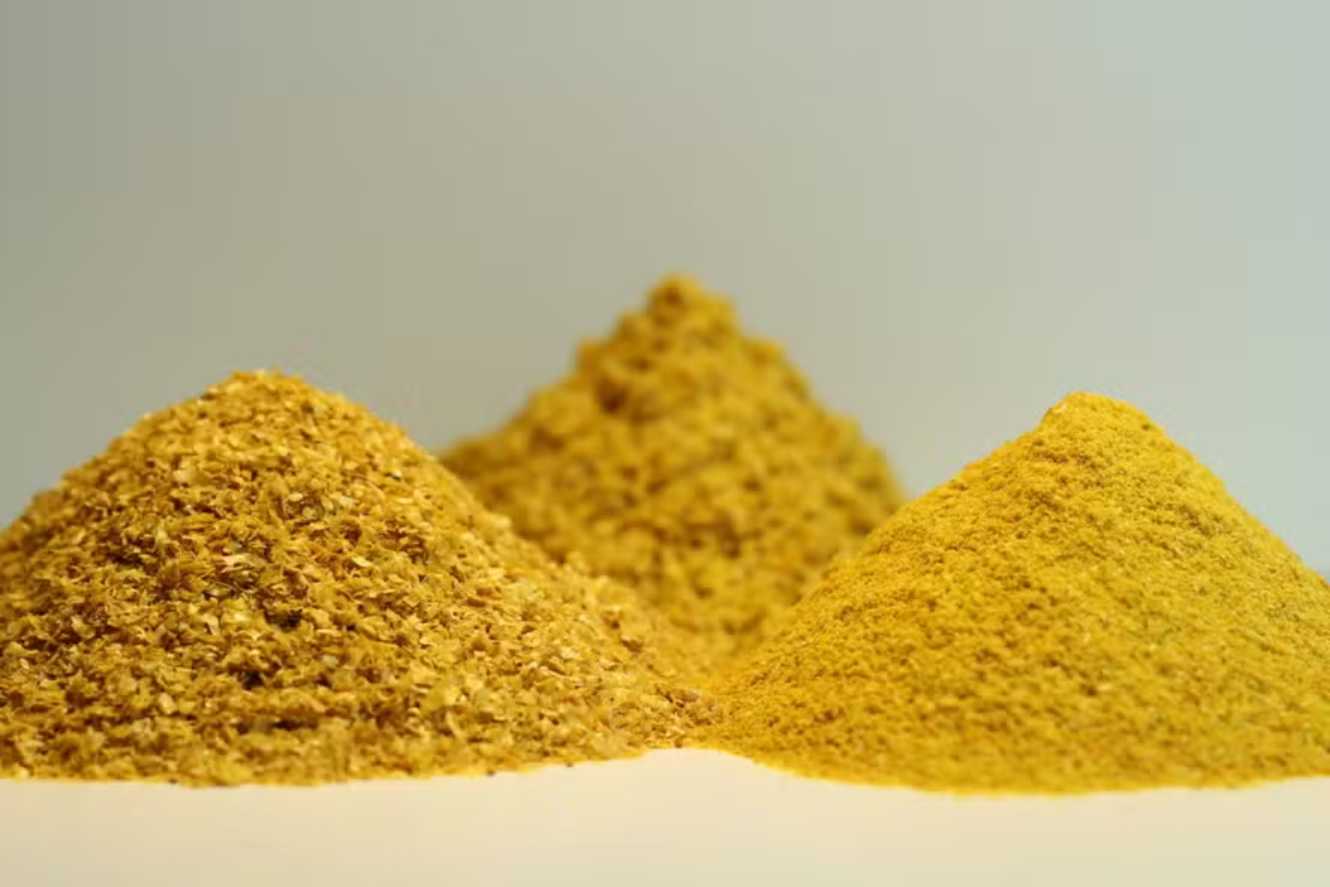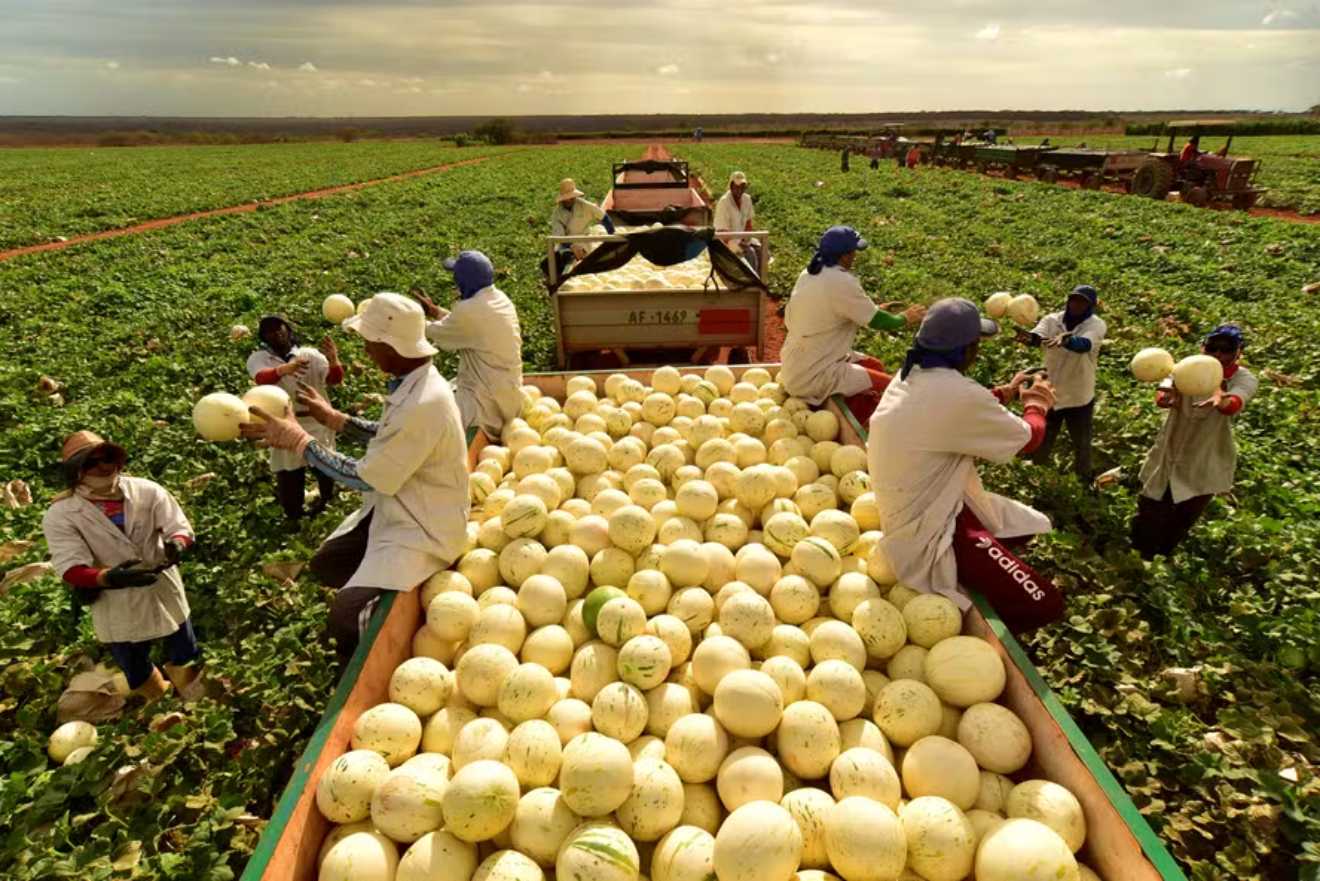The End of Spring Favors Planting with Rain and Heat!
What should you plant in November? The last days of spring, before summer begins, provide favorable conditions for cultivating vegetables and legumes that will be harvested in the coming months. The warm and still rainy weather is ideal for germination and vegetative growth, but caution is necessary.
November is typically rainy and one of the hottest periods, leading to increased consumption of vegetables, which promotes planting.
What to Plant in Each Region?
- South: Pumpkin, zucchini, lettuce, potatoes, sweet potatoes, eggplant, green onions, cilantro, carrots, ginger, watermelon, corn, cucumbers, peppers, and okra.
- Southeast: Pumpkin, lettuce, sweet potatoes, eggplant, green onions, cilantro, carrots, cauliflower, ginger, watermelon, corn, cucumbers, peppers, and okra.
- Central-West: Pumpkin, zucchini, lettuce, sweet potatoes, eggplant, carrots, cauliflower, ginger, watermelon, corn, cucumbers, peppers, and okra.
- Northeast: Lettuce, eggplant, chayote, cilantro, carrots, cauliflower, ginger, corn, cucumbers, peppers, and okra.
- North: Lettuce, carrots, cauliflower, ginger, peppers, okra, and taioba.
Here Are Some Options for Vegetables to Plant This Month:
Pumpkin

This vegetable thrives in warm temperatures and tolerates mild conditions (between 15°C and 25°C) but does not withstand frost. Pumpkins prefer shorter days with less sunlight exposure. Low in calories, they are recommended by nutritionists and aid digestion. If planted this month, harvest will occur in up to 120 days. Where to plant: South, Southeast, Central-West, and Northeast.
Zucchini
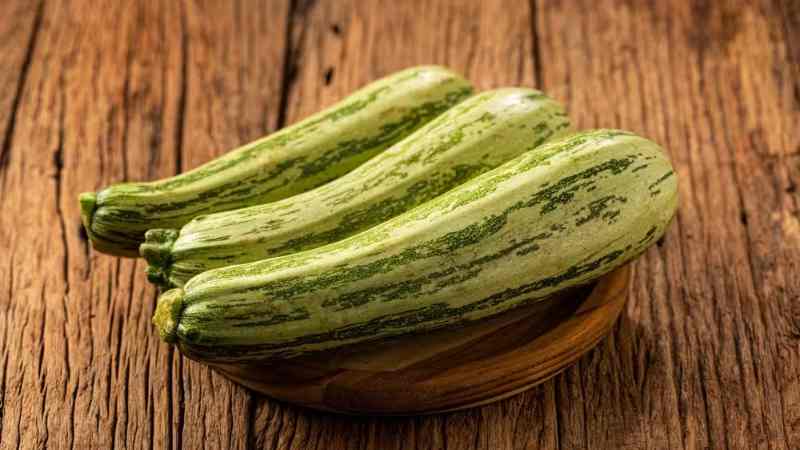
Zucchinis are grown similarly to pumpkins but are harvested while still immature (green). They can be sown directly in the planting area or in trays for transplanting. However, they are sensitive to transplanting since their roots do not recover if damaged. This crop is sensitive to excess soil moisture. Harvest timing will depend on the chosen cultivar and the consumer’s maturity preferences. Where to plant: South, Southeast, Northeast, and Central-West.
Lettuce

Low in calories and crunchy, winter variety lettuce can be consumed two months after planting. However, it is sensitive to transplanting, as its roots do not recover from damage, and it is also susceptible to excess moisture in the soil. Besides green, it is available in purple. Where to plant: All regions.
Sweet Potato
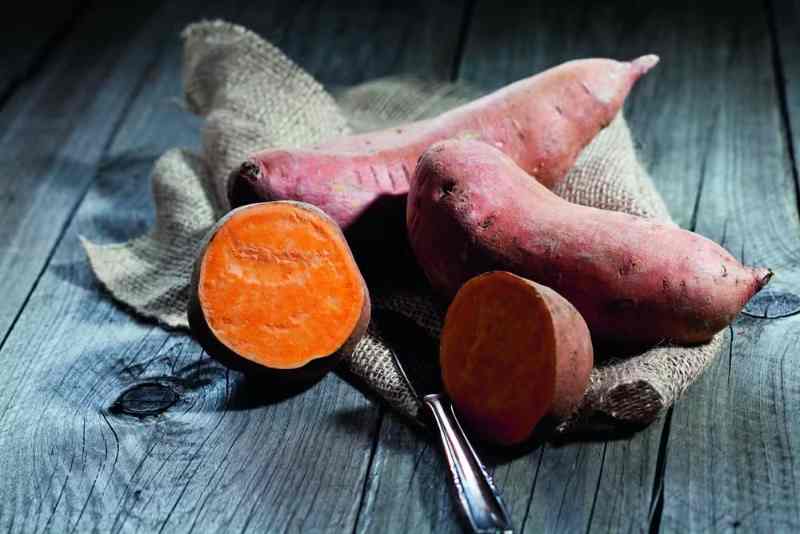
Sweet potatoes adapt better to sandy, airy soils. Propagation can be done using sprouted sweet potatoes, shoots from the tuber, or both old and new vines, with the latter yielding better results. Bury 3 to 4 nodes (the space between two trunk or stem nodes) of the vine, leaving the tip with leaves above the soil. Harvest should preferably occur when the soil is dry, and the roots have reached the desired size. Where to plant: South, Southeast, and Central-West.
Eggplant
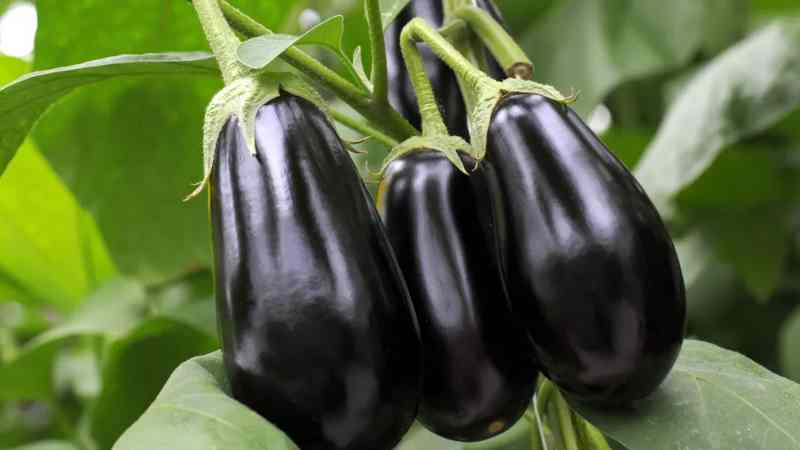
Eggplant is planted from seeds in trays before being transplanted to the field. This plant thrives in warm climates, benefiting from heat, especially for germination, emergence, and seedling development. Where to plant: South, Southeast, Central-West, and Northeast.
Carrots

The soil for planting carrots should be loose and free of obstacles to root growth to prevent deformities. Yellowing and drying of older leaves and arching of younger leaves indicate the right time to harvest. Where to plant: All regions.
Cilantro
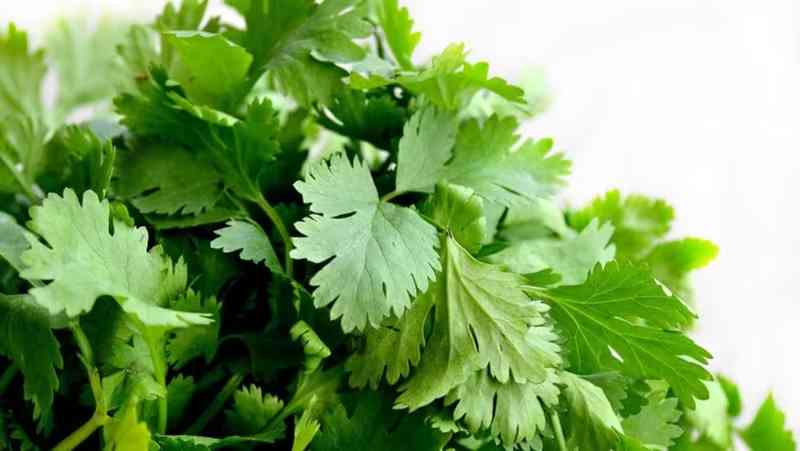
Cilantro is a culinary herb in the same family as carrots, parsley, and yacon. It is typically planted in its permanent location from seeds. It is low-maintenance regarding soil and tolerant of acidity but does not withstand cold temperatures. Where to plant: All regions.
Cauliflower

Cauliflower crops should be well-irrigated but without excess moisture to avoid disease. Some leaves should be left intact to protect the head during transport, which should ideally be refrigerated. Choosing the correct cultivar according to the planting season is crucial, as some are adapted to warmer temperatures while others thrive in milder conditions (between 15°C and 25°C). Where to plant: Southeast, Central-West, Northeast, and North.
Sweet Corn
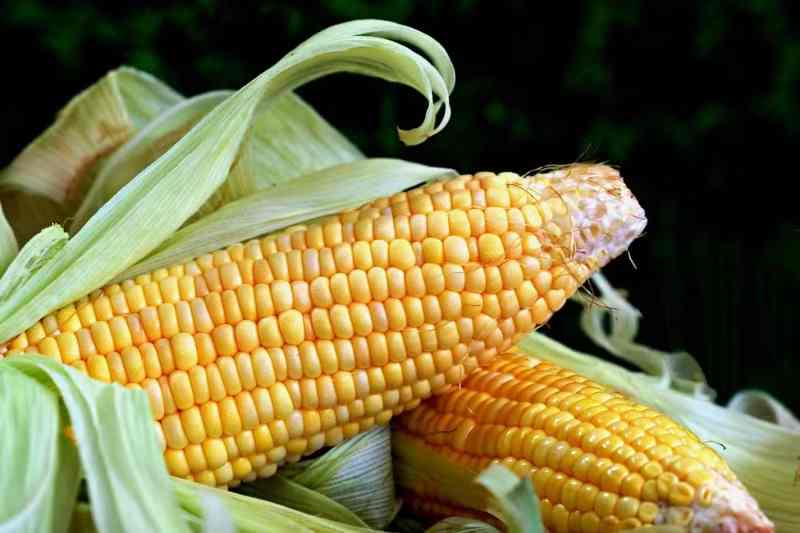
Sweet corn is harvested while still immature (green). The ears are light green, and the kernels are yellow. It can be grown in various soil types but requires good fertilization with zinc and magnesium. This crop is an excellent option for crop rotation with other vegetables. Where to plant: South, Southeast, Central-West, and Northeast.
Peppers
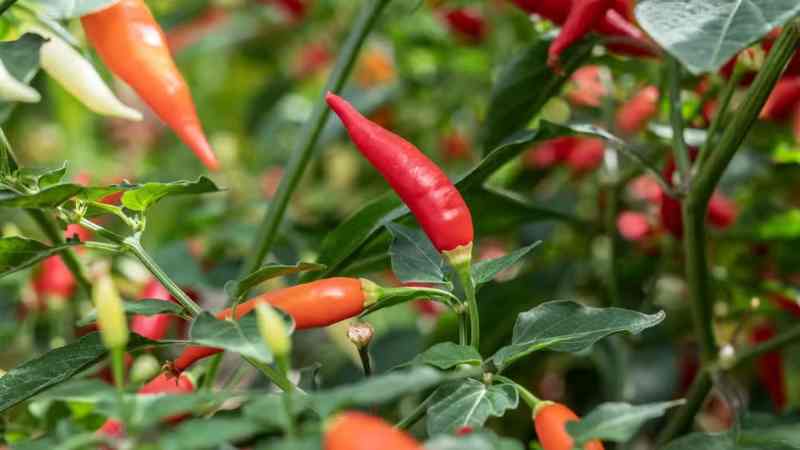
Pepper plants are shrubs that produce fruits, mostly spicy or hot. There are various shapes and colors of peppers, but they generally prefer well-drained soil. Planting is done using seedlings sown in trays, maintaining a distance of 1.3 to 1.5 meters between them; low temperatures can cause fruit drop. Where to plant: All regions.

